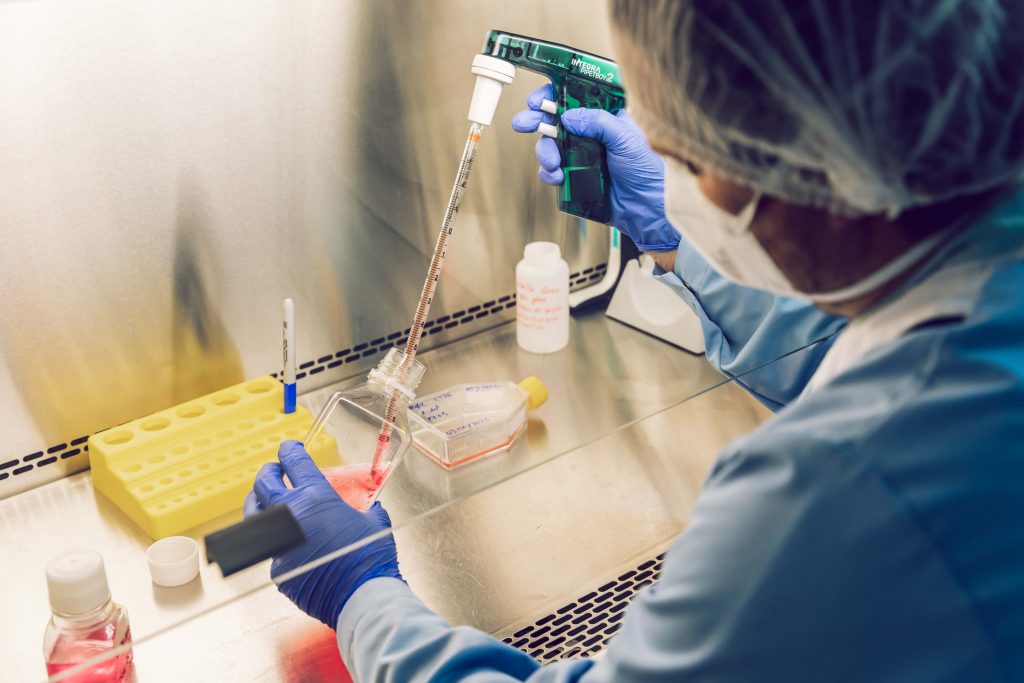The global contract research organization (CRO) market is estimated to grow over the next decade. Growing demands for clinical studies have increased in CRO laboratories. Besides, support from emerging economies towards healthcare, coupled with increasing purchasing power, has further skyrocketed the demand for CRO services.
Pharmaceutical companies outsource research activities to CROs to remain flexible and gain a competitive edge in the market. In this aspect, pharmacokinetic clinical trials become critical in delivering safe yet robust drug products. PK analysis in clinical trials uses methods such as ELISA assays to focus on understanding the ADME properties in study subjects. Hence, CROs are increasingly concentrated on PK samples in clinical trials to help sponsors understand the intrinsic properties of their drug products. These applications make PK labs a critical component of drug development studies. The current article discusses trends in PK CRO services.
The role of PK labs in accelerating drug research
The clinical research and Life Sciences market has seen high investments. Besides, the growing need for quality auditing and clinical trials has further given rise to different types of CROs. These factors have increased the demand for effective PK CRO service providers.
R&D activities, along with the information technology sector, have received accelerating investments for advancing clinical trials. Such an initiative will positively influence the global CRO market in the future. The drug discovery segment has recorded revenue of 2.1 billion dollars in 2018. This hefty growth is attributed to robust research protocols for treating chronic diseases.
Today, with the growing prevalence of infectious diseases, the global CRO market focused on the infectious segment is expected to see a rise in growth rate in the next five years. Additionally, leading industry players are increasing their R&D investments in infectious diseases. Besides, they are leveraging novel technologies and bioinformatics to expand viral and bacteriological applications.
On the other hand, the medical device segment registered nearly 10.5 billion dollars in 2018, with the numbers likely increasing in the next decade. This growth will further increase as the demand for clinical studies in the medical device development sector will increase in the coming future.
From a geographic point of view, CROs in North America accounted for a larger market share and are anticipated to continue growing further in the coming years. The primary reason for this accelerated growth is due to the increasing number of biopharma companies, along with investments in clinical and medical R&D activities.
The COVID-19 pandemic had an unprecedented effect on contract research organizations. Multiple clinical trials were affected, raising issues about data and trial integrity. As earlier clinical trials start resuming, it will be crucial to prioritize studies before reopening them. CRO can consider several factors, such as unmet medical needs, compounds critical for future R&D productivity, and healthcare system resources.
Finally, embracing the digital age will be essential for contract research organizations. Earlier, digitalization was optional, but today, it is vital for future growth and responsibilities. Digitalization remains critical for improving physician and patient experience through trial decentralization. Besides, digital methods such as electronic consent forms and remote patient engagement will likely increase the overall experience for physicians and study subjects.


